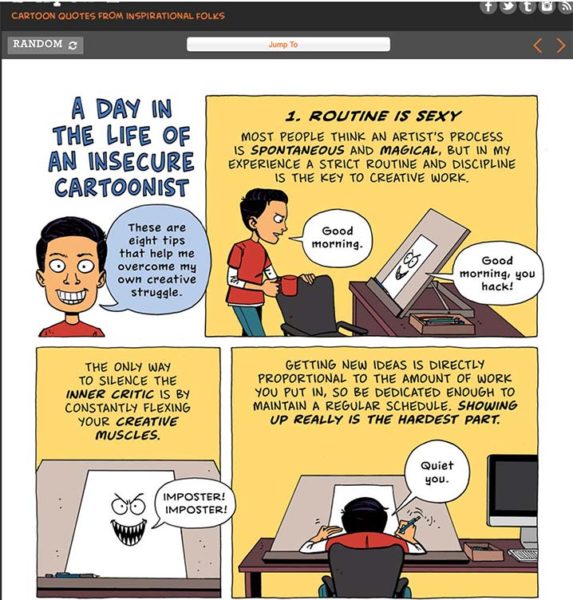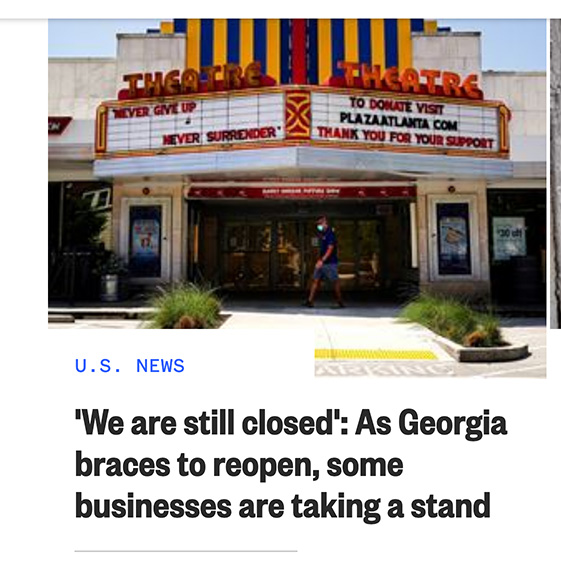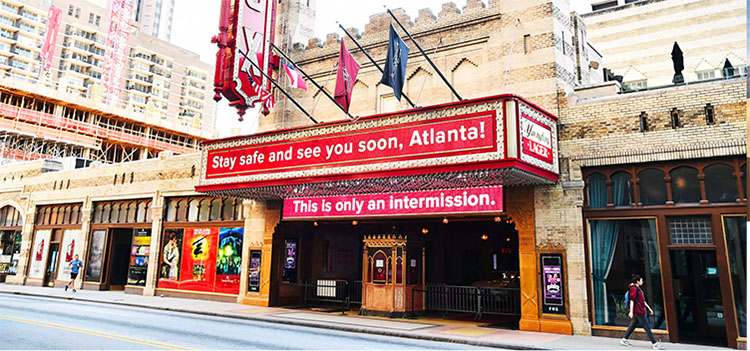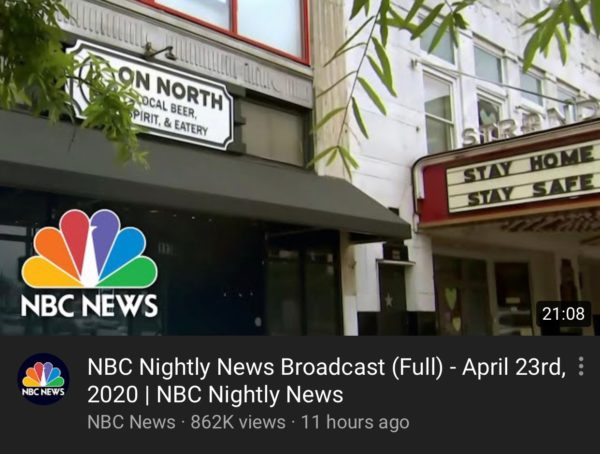I was listening to an episode of How I Built This where Guy Raz interviews ClassPass founder Payal Kadakia.
At first I was just drawn to listen because Kadakia presented a familiar story of someone who loved dance and continued dancing even as she was studying Operations Research and Economics at MIT. As I got into the story, I realized it held some lessons about discounting and subscriptions for arts and culture non-profits.
It was the desire to dance that lead her to found the earliest iteration of ClassPass. She was looking to take a class in NYC and couldn’t figure out time, place, price and transportation. She struck on the idea of making a search engine that would unify this information and allow you to find and make reservations for classes in the way OpenTable allows you to make restaurant reservations.
The idea was so compelling to people that when her boss at Warner Music called in her to ask why she was quitting, she walked out with a $10,000 check from him as an investment in her unformed company. While the company was feted with great fanfare, it took 10 days before they had their first reservation. Kadakia says that is when they approached the dance & exercise studios to get a sense of customer behavior and realized that unlike plane and restaurant reservations where people have already made a decision they are going to fly or go out to eat, people looking for classes (this is ~2012) hadn’t decided to take a class.
This is where the lessons about human nature, discounts and subscriptions starts to kick in (about 34 minutes into the show.) As Guy Raz observes, in the course of about 5 years, Kadakia ends up running 5 different companies because the business model changes so drastically. (It may not seem drastic on a small scale, but when you realize she goes from raising around $40 million in her second round of funding to a recent $1 billion valuation, each change has big implications.) Kadakia says each time they changed the model, human behavior changed on them.
One of the first things they did was offer 30 day passes to a range of different classes. They promised studios around 70% of people would convert to more permanent students. It ended up about only 10% did which Kadakia admits was unfair to the studios. What they discovered was that people were continuing to take classes by signing up with a new email address. Now, my first instinct was to accuse them of gaming the system and curse them under my breath.
Kadakia and her team may have done that, but what she said they realized was that people enjoyed being able to attend a variety of classes. Instead of $45 for a 30 day product, they moved to a subscription model for $99 where you could take up to 10 classes a month, but no more than three at the same studio. Eventually they moved to an unlimited class model.
As the company grew, the fitness industry of spin, barre, bootcamp, etc classes was growing as well and they began doing business with bigger, more marquee names. This raised the average per-class rate they had to pay to studios. Kadakia says they reached a place where they were faced with adopting the business model most gyms use where they are counting on you not exercising in order to make their money. As someone who both continued to dance and took classes every day, she felt the idea of betting against their customers was anti-ethical to their founding principles of getting people to exercise.
Faced with the prospect of having a lot of people angry at them for drastically raising the price of the unlimited pass, they moved away from that as their core product and now package classes differently.
As referenced earlier, one of the main things I took away from this was that sales and subscription models not only need to be structured differently for different communities, but potentially changed up across the lifespan of your organization because audience dynamics and expectations are likely to evolve. I fully expect most venues will find the ticketing model and policies they had in place pre-Covid won’t as fit well for audiences now.




















I've been to a few of the Science on Tap events, though I never gave a talk at one of…